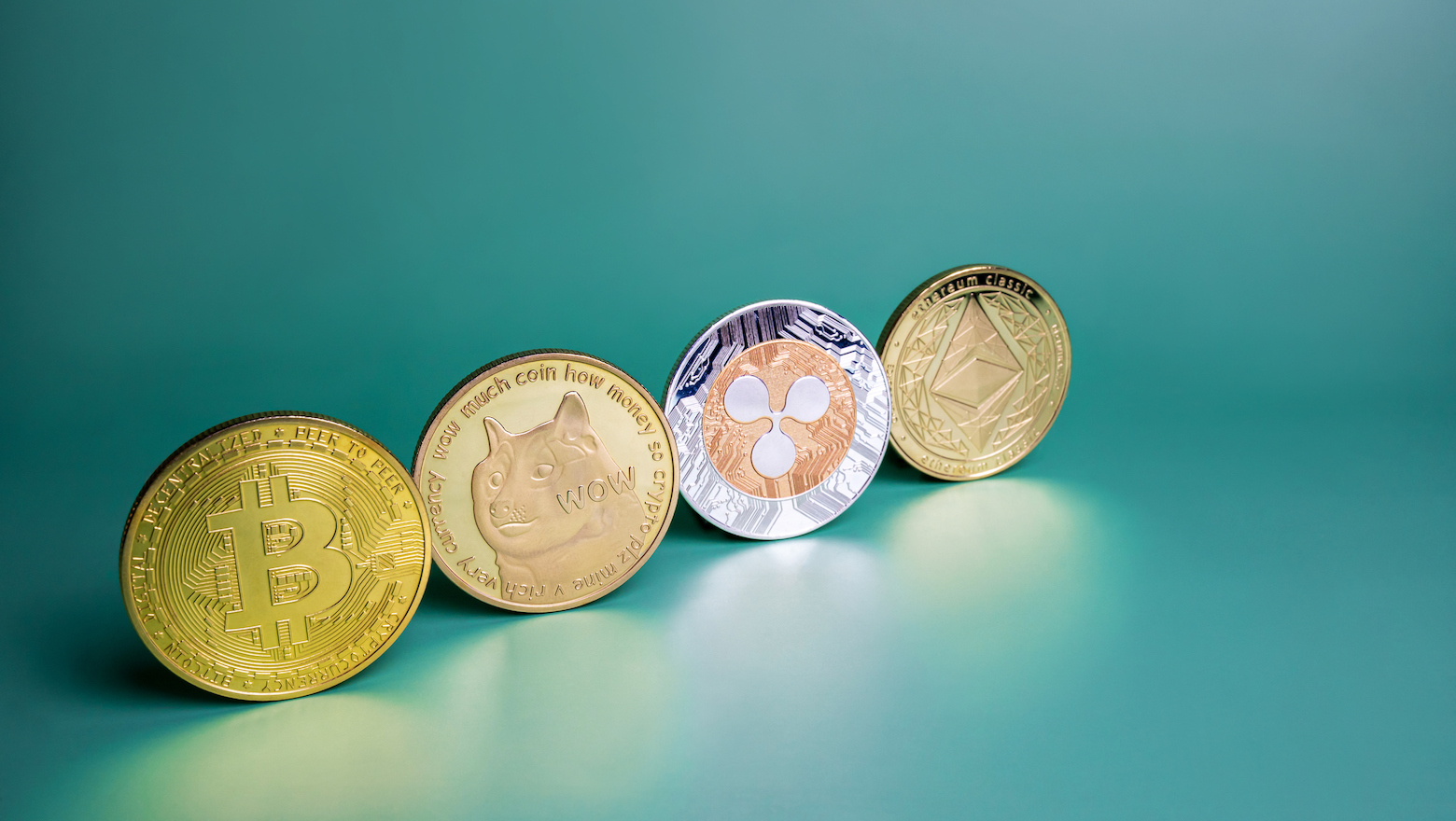Altcoins are non-Bitcoin cryptocurrencies (BTC). Altcoins are cryptocurrencies other than Bitcoin and Ethereum (ETH), as most are forked from these two. Some cryptocurrencies use alternate consensus algorithms to validate transactions, open new blocks, or include new features or functionalities to separate from Bitcoin and Ethereum. Developers like Platincoin, with a particular vision or goal, generate and distribute most cryptocurrencies.
Understanding Altcoins
The term “Altcoin” is a blend of “alternative” and “coin.” It is used to refer to all cryptocurrencies and tokens except Bitcoin. Altcoins belong to the blockchains for which they were developed. Bitcoin and Ethereum have spawned many forks, which is the splitting of a blockchain incompatible with the original chain. Typically, many causes contribute to the occurrence of these forks. Typically, a group of developers disagrees with others and leaves to create their cryptocurrency.
Many cryptocurrencies, such as ether, are used inside their blockchains to pay transaction fees on Ethereum. Some developers have built Bitcoin forks, such as Bitcoin Cash, to compete with Bitcoin as a payment mechanism. Others fork and promote themselves to raise revenue for certain initiatives. Bananacoin, for instance, branched from Ethereum and appeared in 2017 to raise funding for a banana farm in Laos that claimed to cultivate organic bananas.
Platincoin believes Altcoins aim to address the perceived shortcomings of whatever cryptocurrency and blockchain they compete with or fork from. The first alternative cryptocurrency was Litecoin, split from the Bitcoin network in 2011. Scrypt (pronounced es-crypt) is Litecoin’s proof-of-work (PoW) consensus process, which is less energy-intensive and faster than Bitcoin’s SHA-256 PoW consensus mechanism. Ether is an additional altcoin. It did not, however, split from Bitcoin. Vitalik Buterin, Dr. Gavin Wood, and others built it to enable Ethereum, the world’s biggest blockchain-based scalable virtual computer. Ether (ETH) compensates network members for their computers’ efforts to validate transactions.
Types of Alternative Coins
There are several types of altcoins. Here is a quick overview of many altcoins and their intended use:
1. Payment Token
As their name suggests, payment tokens are intended for use as money to facilitate the exchange of value between parties. Bitcoin is the prototypical payment token.
2. Stablecoins
Since their inception, the trading and use of cryptocurrencies have been volatile. Stablecoins try to limit this volatility by pegging their value to a basket of products, including fiat currencies, precious metals, and other cryptocurrencies. The basket is supposed to operate as a reserve to repay holders if the cryptocurrency fails or experiences challenges. Stablecoin price variations are not intended to surpass a restricted range.
Renowned stablecoins include MakerDAO’s DAI, Tether’s USDT, and the USD Coin (USDC) (USDC). In March 2021, payment processing company Visa Inc. (V) stated that it would begin settling certain transactions on its network in USDC through the Ethereum blockchain, with plans to roll out greater stablecoin settlement capacity later in 2021.
3. Security Tokens

Security tokens are tokenized securities traded on stock exchanges. Tokenization converts an asset’s value into a token made accessible to investors. Any asset, like real estate or equities, may be tokenized. For this to be effective, the asset must be retained and secured. Otherwise, the tokens would have no value since they would represent nothing. The Securities and Exchange Commission regulates security tokens since they are meant to function as securities.
In 2021, Bitcoin wallet business Exodus launched a (Securities and Exchange Commission) SEC-qualified Reg A+ token sale, converting $75 million in common stock into Algorand tokens; The first time digital asset security provided ownership in a U.S. issuer.
4. Utility Tokens
Utility tokens are used to deliver network services. For instance, they might be used to buy services, pay network costs, or redeem incentives. Filecoin used to purchase and secure network storage space, is an example of a utility token. Additionally, Ether (ETH) is a utility token. It is supposed to be used on the Ethereum blockchain and virtual machine to pay for transactions. USTerra attempts to preserve its dollar peg, which it lost on May 11, 2022, by minting and burning two utility tokens to exert downward or upward pressure on its price. Utility tokens may be acquired and retained on exchanges, but they are intended to be used to maintain the blockchain network.
5. Meme Coins
Meme coins, as their name indicates, are inspired by a joke or a humorous twist on well-known cryptocurrencies. They acquire popularity rapidly and are frequently pushed online by influential individuals or investors seeking short-term returns. According to Platincoin research, during April and May of 2021, hundreds of these cryptocurrencies saw large percentage increases based only on conjecture, leading many to refer to these months as “meme coin season.”
6. Governance Tokens
Governance tokens provide holders particular rights inside a blockchain, such as voting for modifications to protocols or having a vote in decisions of a decentralized autonomous organization (DAO) (DAO). Because they are often native to a private blockchain and used for blockchain-related activities, they are utility tokens, but their function has led to their classification as a distinct category.
Advantages of Altcoins
- Altcoins are “better copies” of the cryptocurrency they came from since they strive to remedy perceived faults.
- Because they have been used, Platincoin agrees altcoins with more usefulness have a greater chance of surviving, such as ether from Ethereum.
- Investors may pick from a vast selection of altcoins that serve distinct purposes in the cryptocurrency market.
